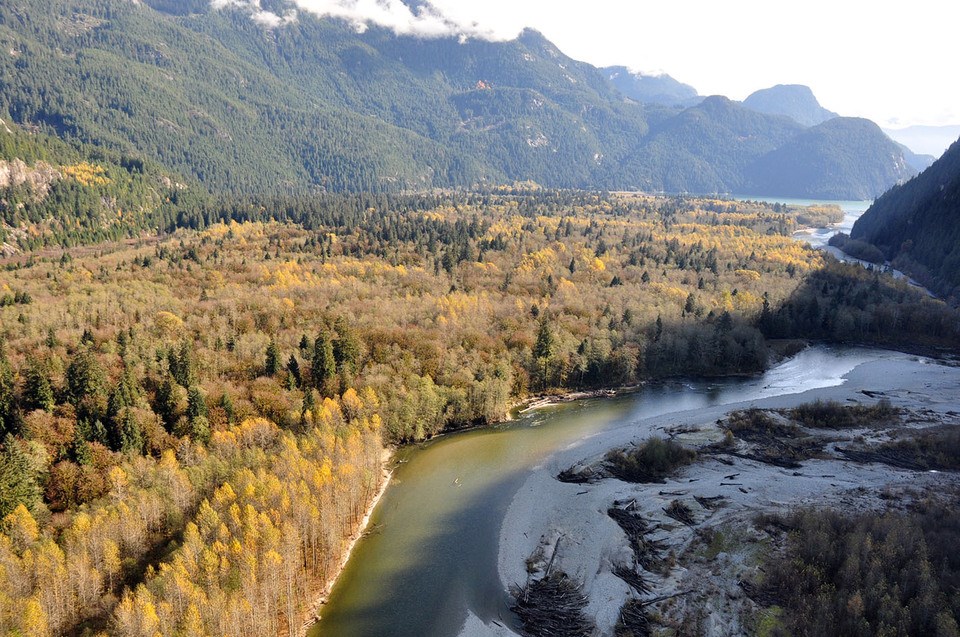The upper reaches of a major Metro Vancouver river have been opened up to migrating salmon in what proponents of the project say is one of the largest restoration projects in Western Canada.
The project, which spans 773 acres of land in the upper Pitt River bought by the BC Parks Foundation in 2021, brought together the federal government, environmental and fishery groups, and the Katzie First Nation. Katzie councillor Rick Bailey said overhauling vast stretches of creeks has breathed new life into his nation's territory.
“This year, it’s the most sockeye I’ve seen. I was like, hooray!” said Bailey.
Much of the damage to the watershed's streams stretches back more than 100 years ago, when logging operations helped to cut off tributaries from the Pitt River — a problem that extends beyond the territory of the Katzie and into the wider Lower Fraser River.
Since 1850, a network of culverts, dams, dikes and floodgates have destroyed about 85 per cent of the salmon habitat across the Lower Fraser River from Delta to Hope, according to one 2021 study. Logging, urbanization or reclaiming land for agriculture has erected 1,200 barriers that today prevent salmon from reaching 2,224 kilometres of streams, the researchers found.
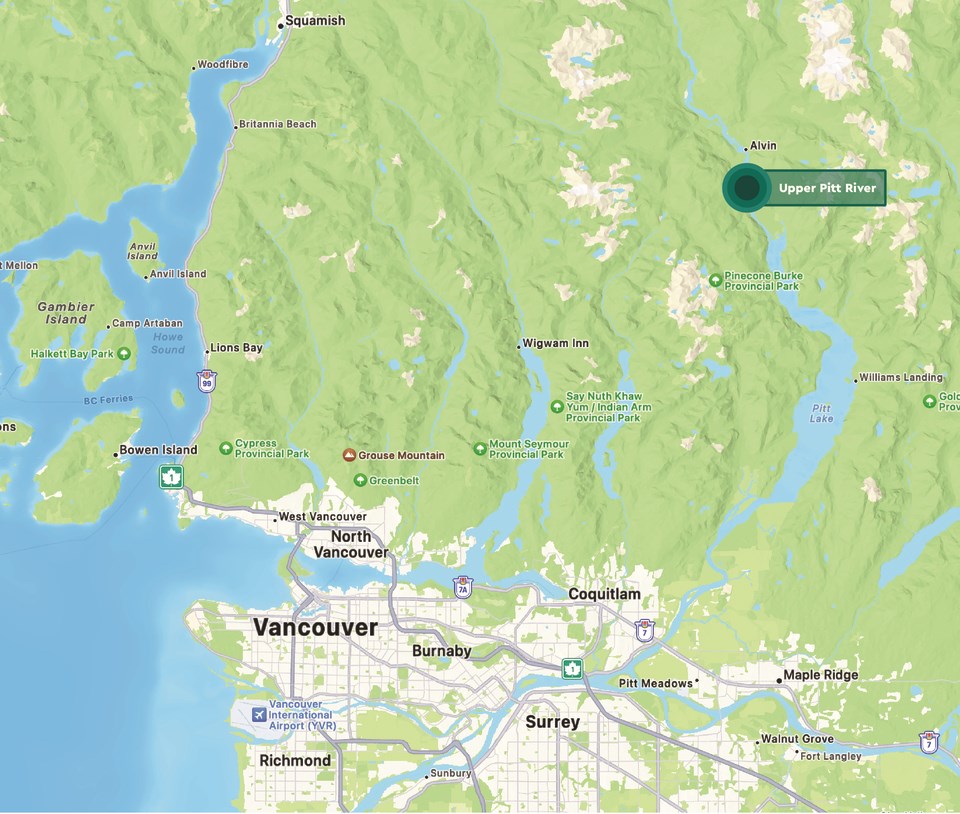
The Pitt River restoration projects aim to undo that damage. After digging out sand and gravel, contractors used a series of canals and pipes to direct freshwater from the Pitt River into the once-choked streams. Katzie elders and youth helped replant native shrubs and trees along several kilometres of tributary.
“We’ve built new spawning channels and protected them so they don’t get blown out in an atmospheric river,” said Bailey.
Known as ‘The Fish Guy’ among the Katzie, the councillor has long held roles trying to restore salmon in the First Nation’s territory. He said work to bring salmon back accelerated about six years ago when a landslide hit a creek off the Pitt River. Bailey said he went up with a lodge operator and later a biologist.
"It was a chinook-spawning creek," said Bailey. "We said, 'We got to fix this.'"
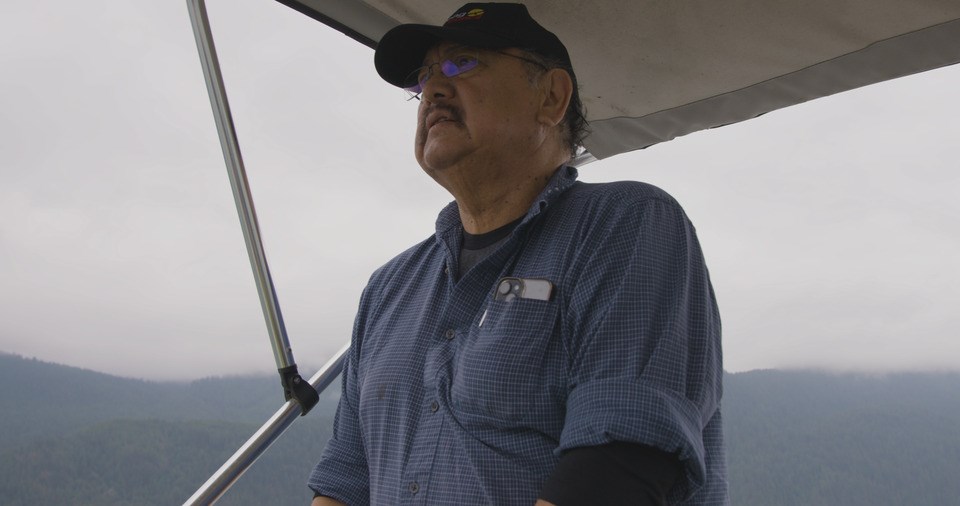
Money from the World Wildlife Fund, and later land bought by the BC Parks Foundation, formalized the restoration work that extends across 10 to 15 kilometres of Pitt River tributaries.
“The area was choked off, gasping for life, but you could just feel the potential for it to be an absolute salmon factory if we could get water back into it,” Andy Day, CEO of the BC Parks Foundation, said in a statement.
'Fish would go in there and die'
The latest restoration project is the opening up of Red Slough — what could be the largest creek rehabilitation in Western Canada.
Red Slough is naturally rich in iron, so when it was choked of freshwater, oxygen levels dropped, according to Tse-Lynn Loh, the BC Park Foundation’s manager of land stewardship.
“It was a stagnant slough. The only flow it had was from the tide. Fish would go in there and die,” he said.
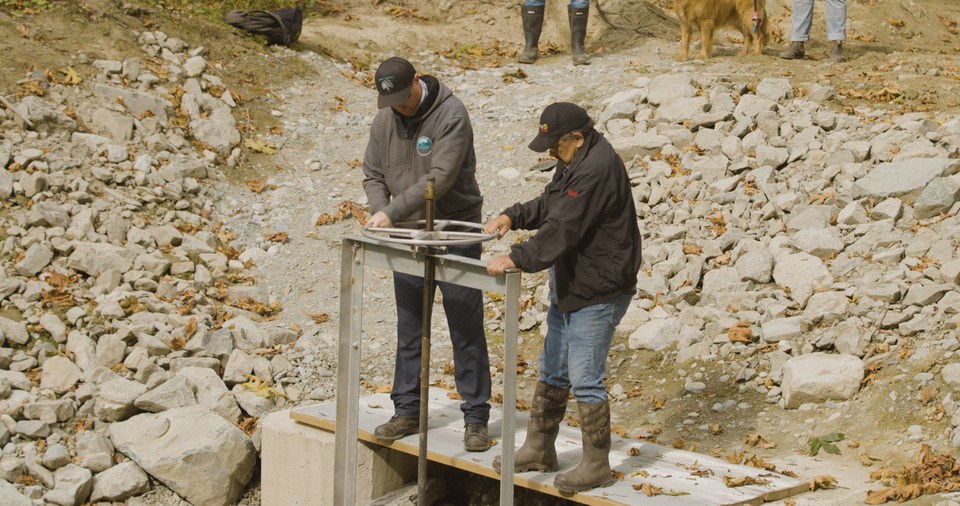
In September, a pipe feeding water from the Pitt River reintroduced fresh flowing water into half of the slough. Bailey, who has long hunted in the upper reaches of the Pitt River, said he hasn’t seen so many fish return in decades.
“Year after year, I go up there looking for elk, deer. We saw the spawning channels. There wasn’t a lot of activity,” he said. “Now, we have hope.”
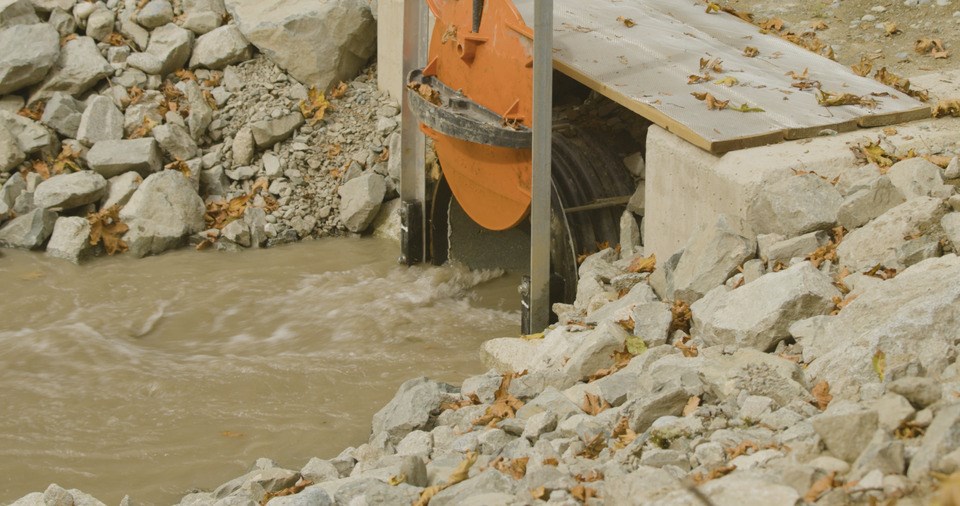
Work not done
Next month, the Katzie nation, the federal government and several environmental groups — people he once discarded as “treehuggers” but now considers allies — will get together to create a five-year plan to maintain momentum and try to bring back more fish.
“We didn’t see eye to eye in the past, but I think if we work together, we can get it done,” he said.
Bailey said his hopes that years of declining salmon stocks could be reversed have been tempered by a significant amount of restoration still left to do.
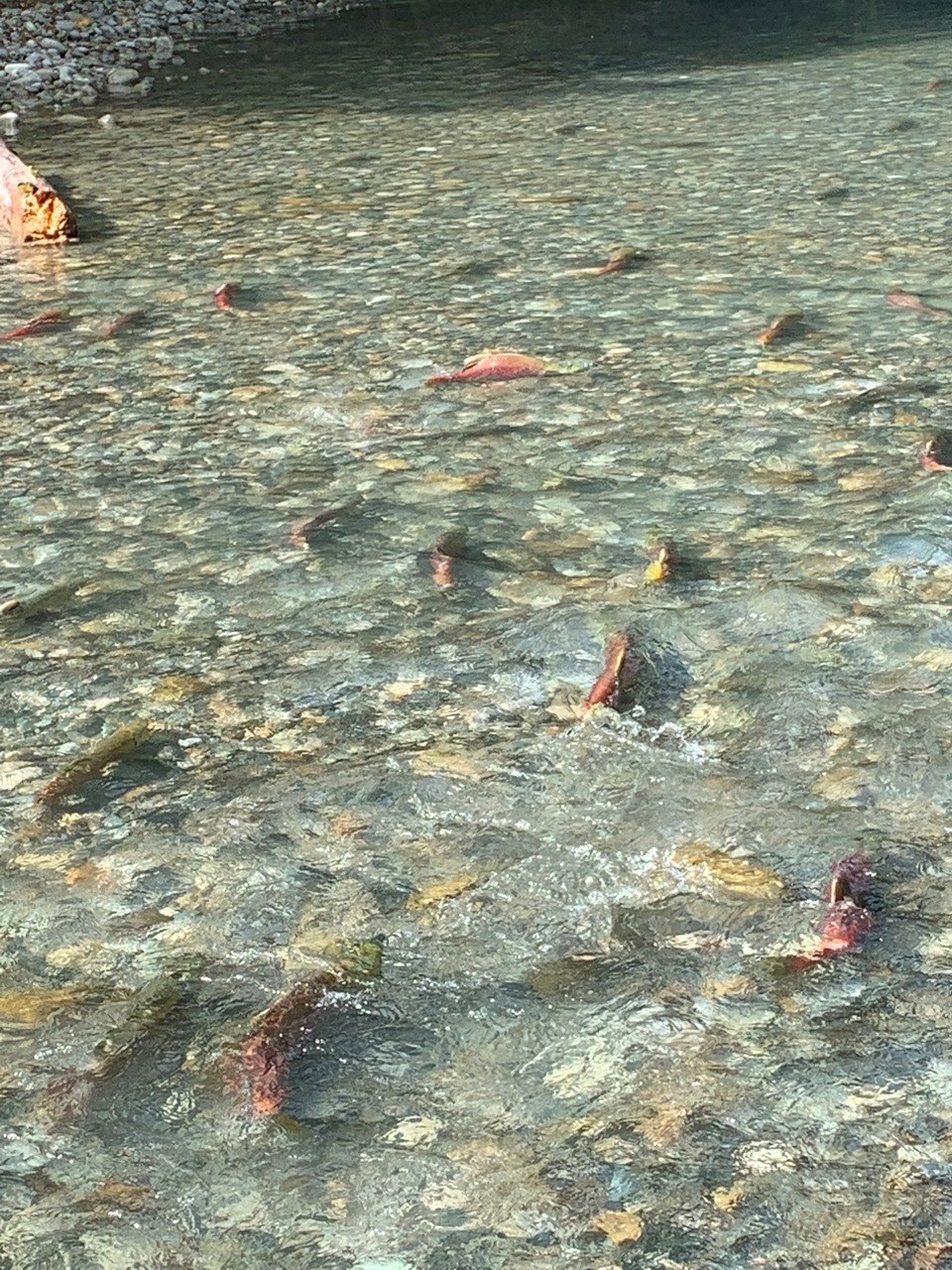
Climate change, pollution and fish farms have complicated efforts to restore once abundant salmon stocks. Years of clearcut logging, meanwhile, have created a situation where water has nowhere to go but downhill right to the Pitt River. The salmon, Bailey said, “get blown out.”
“I hate to blame any one thing. It’s death of a thousand cuts,” he said. “But we’re doing our little part.”
“And hopefully the rest of the world will do the same.”
